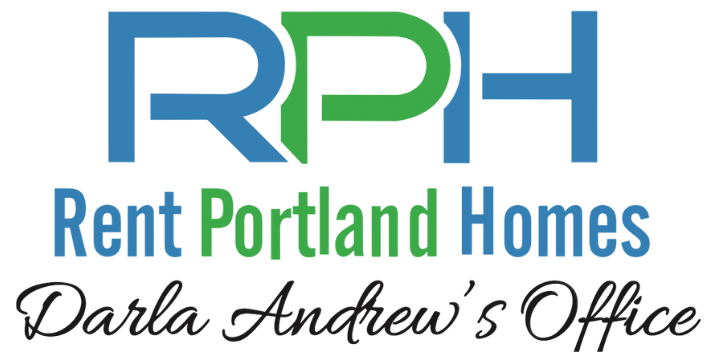We’re all trying to get ahead in life. If you asked 100 strangers if they wanted to have more money in their pocket at the end of each month, most of them would reply with an enthusiastic yes. For most people, however, accomplishing this isn’t very easy. They could earn more at work, which might require a promotion, job change, or going back to school. They could also cut down on debt, which is difficult because that often requires the borrower to earn more money. Some people believe investing is the answer, but the recent wild fluctuations in the stock market would give even the most hardened trader pause. So how can ordinary people boost their monthly earnings and build long-term wealth? They can do it through passive income.
The IRS describes passive income as money earned through two sources: a business you don’t actively participate in (like book or song royalties or stock dividends) or rental income. For our purposes, we’ll expand this definition to include money you earn without much extra effort. Here are a few ways people build passive income:
Three Common Passive Income Sources
Intellectual Property
Authors and songwriters have long made ongoing income from the work they put into the world. While writing a song or a book takes a tremendous amount of upfront effort, they can continue paying off for years. For example, in 1979, singer, songwriter, and former Beatle Paul McCartney wrote the holiday-themed song “Wonderful Christmastime.” Even though the song is only played for six weeks every year, more than 40 years later, McCartney continues to earn $400,000 – $600,000 in royalties each year. That’s nice work if you can get it.
Of course, we all can’t be Paul McCartney. So, earning this kind of money is probably unrealistic. However, ordinary people can turn their ideas into intellectual property that earns them real passive income. Fortunately, digital tools like make this more accessible than ever. If you’re creative or uniquely knowledgeable about a given subject, this could be the path for you.
Savings Accounts
When you put your hard-earned money into a savings account, the bank pays out an annual interest rate for the privilege of holding onto your deposit. So, an account owner earns money simply by letting their cash sit in a bank account. Income doesn’t get more passive than that. Forty years ago, it was common for savings accounts to pay out double-digit interest rates. That meant depositors could earn a fantastic return on their money. However, for a complex set of financial reasons, savings account interest rates have steadily declined — down to a tenth of a percent in some cases. While rates have rebounded a bit — it’s possible to find accounts that earn close to 2% — most people don’t have the kind of cash reserves it takes to make real money from savings account interest.
Rental Properties
Owning a rental property is one of the most effective ways to earn passive income. Under this model, an owner collects monthly rental payments from a tenant living in their property. That monthly rental payment covers the cost of the owner’s mortgage, as well as other expenses like taxes, insurance, property maintenance, and repairs. If the property owner has set their investment up correctly, there’ll be money left over every month after paying all the associated costs. This cash flow is the owner’s passive income.
While the first two passive income examples require either a great idea or lots of extra cash, the average person can acquire a rental property reasonably easily. For example, a homeowner could convert their current home into a rental. This approach requires a few steps. But, because you already own the asset, much of the hard work is done. Plus, converting a home you already own into a rental requires less money out-of-pocket.
Another option is to buy a property as a dedicated rental. In most cases, you’ll need to provide a substantial down payment. So, this method requires investors to spend more. However, by spending $40,000 or $50,000 on an investment property, you then can earn hundreds of dollars each month in passive income. After a few years, this cash will start adding up. To make the situation even better, you’ll be using your monthly rental income to pay down the mortgage on your rental property. Which means you can eventually refinance and earn even more passive income every month. Plus, owning a property is a very stable long-term investment.
Passive Income Still Takes Work
While the name may imply otherwise, earning passive income still takes work — particularly when it comes to managing rental properties. Not only do you have to market your property, but you also must screen tenants and administer lease details. Then, once your tenant is in place, owners must collect monthly rental payments and respond to tenant repair requests, all while maintaining the property itself. If you own a single rental property, this might only be a part-time job. However, once you add multiple investment properties to your portfolio, all those management tasks quickly become a full-time job. This is where a dedicated property manager comes in.
Property Managers Create Truly Passive Income
By hiring a property manager, like Rent Portland Homes by Darla Andrew, investment owners do away with the hassles of day-to-day work. Instead, Darla’s experienced team handles marketing, tenant screening, and management, as well as maintenance and repair for you. With that added work off your plate, you sit back and collect truly passive income from your investment properties while building long-term wealth. If you’d like more information on how we can help, fill out the contact page on our website. Or, you can call or text Darla directly at (503) 515-3170. You want an investment that will pay off over the long term, and we’re here to help. Let’s talk soon!


Recent Comments